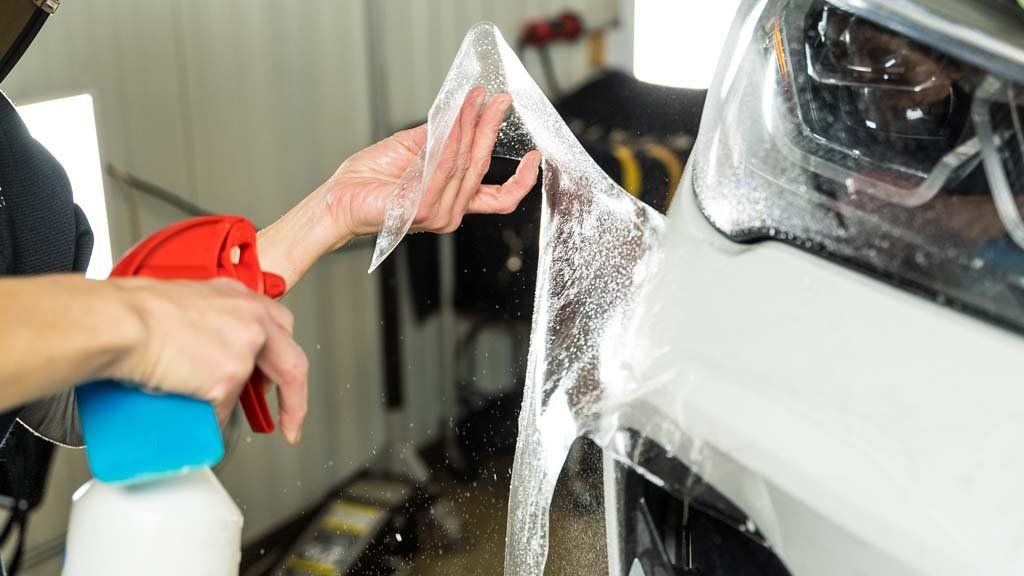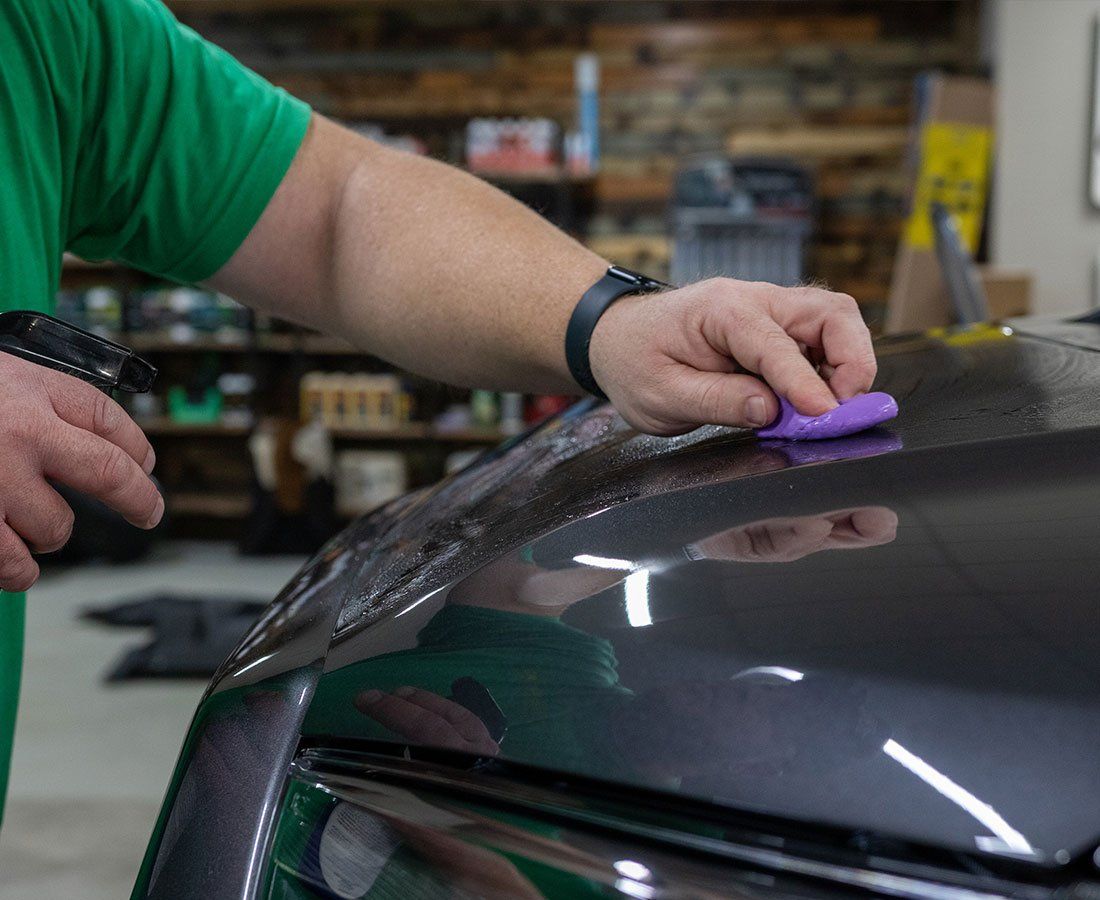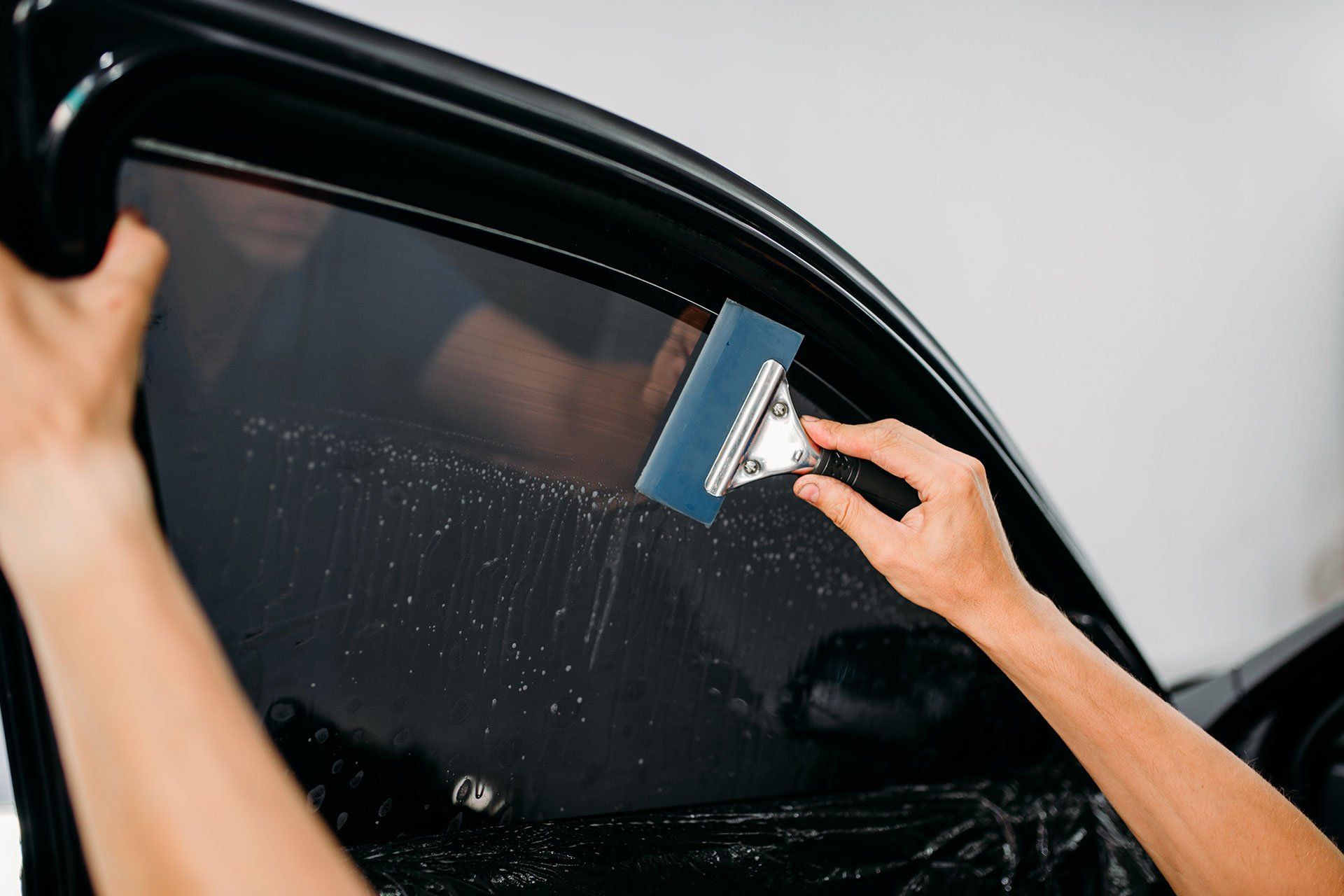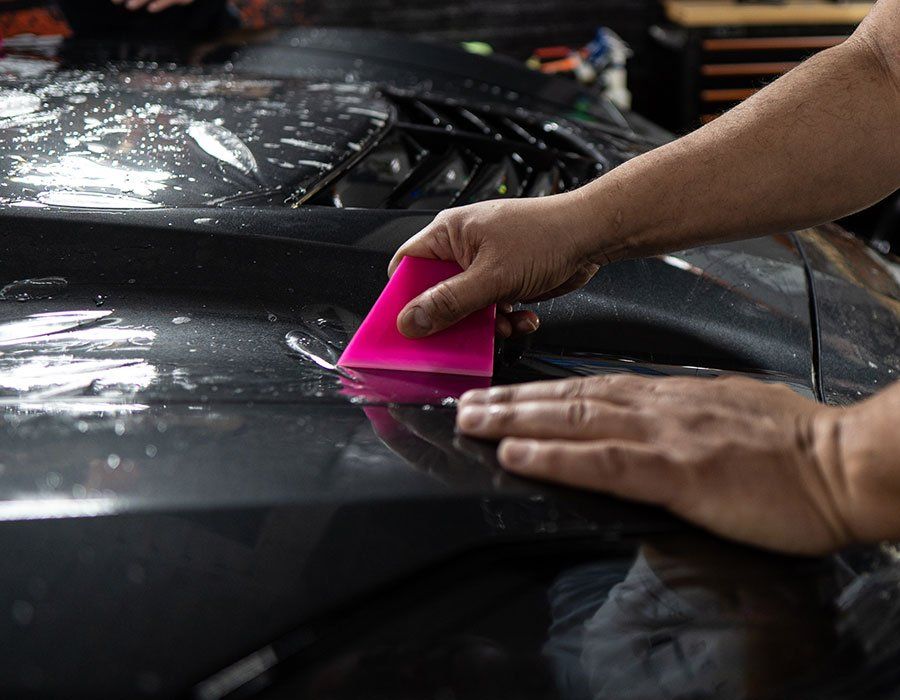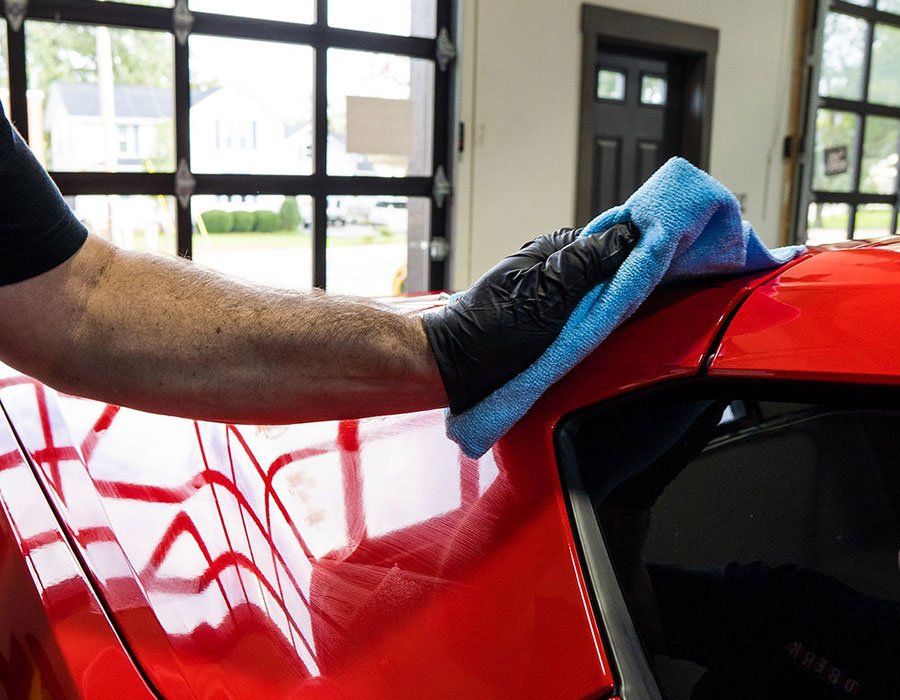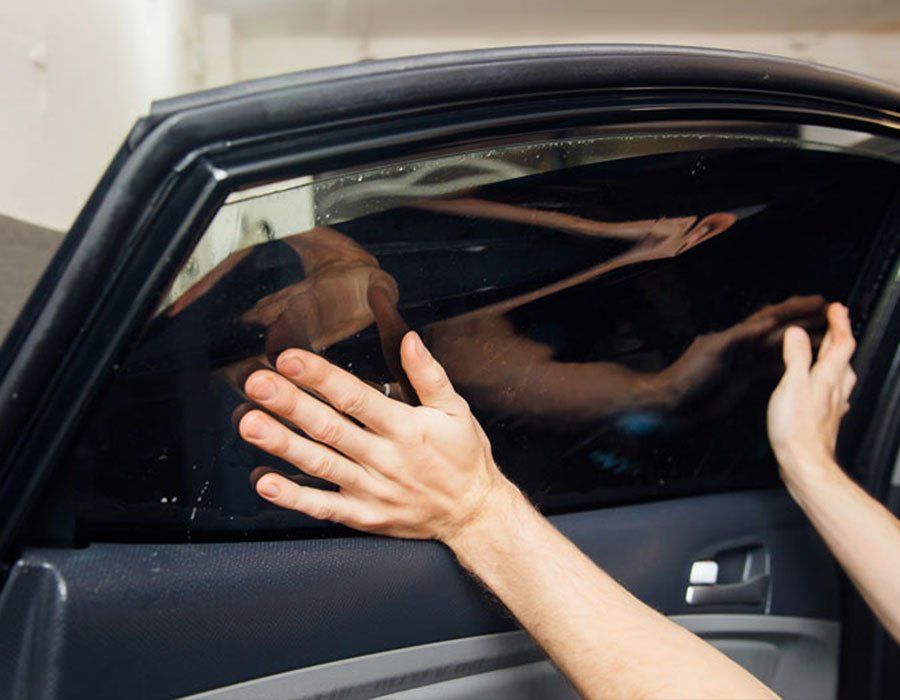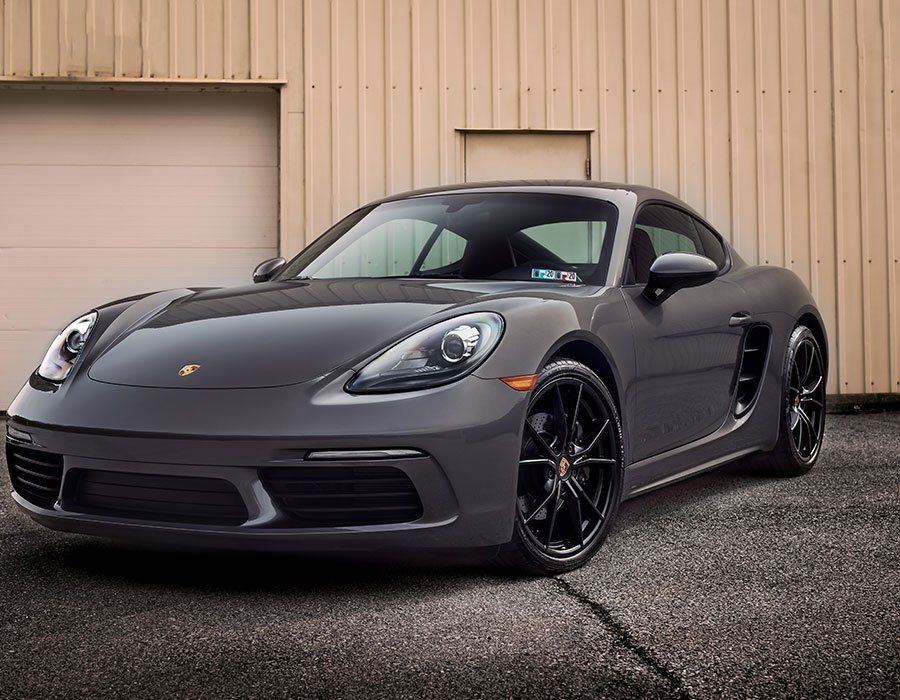Beat the Summer Heat: How Car Window Tinting Can Reduce Heat and Glare
CALL (727) 940-2340
SCHEDULE NOWAs the summer sun bears down, turning your vehicle into a mobile sauna, the struggle against heat and glare becomes a daily reality. But what if we told you that there's a solution so effective that you'll be singing its praises to anyone with an overheated steering wheel? Welcome to the world of car window tinting—a real game-changer in battling scorching temperatures and blinding glares during those hot summer days. This blog post will uncover how this simple yet significant addition to your vehicle can make your summertime drives cooler, more comfortable, and even safer. So get ready and lock in your seatbelt; we're taking a deep dive into the technicolor world of car window tints!
Reducing Car Heat with Window Tinting
Are you tired of stepping into your car on a scorching summer day only to feel like you're entering a sauna? Window tinting can be the solution you've been searching for. Not only does it enhance the aesthetics of your vehicle, but it also provides numerous benefits, including reducing car heat. So, how does window tinting achieve this cooling effect? Window tinting works by blocking or reflecting solar energy from entering your vehicle through the windows. The tint film acts as a barrier against the sun's rays, preventing them from penetrating the glass and heating up your car's interior. This helps to reduce heat buildup and maintain a more pleasant temperature inside the vehicle.
But it's not just about comfort; there are practical benefits to reducing car heat as well. By keeping your car's interior cooler, you decrease the strain on your air conditioning system. This can lead to improved fuel efficiency since the AC won't need to work as hard to cool down the cabin. Additionally, reducing heat can help prevent damage to your car's upholstery or other materials that may be susceptible to fading or cracking under extreme temperature conditions.
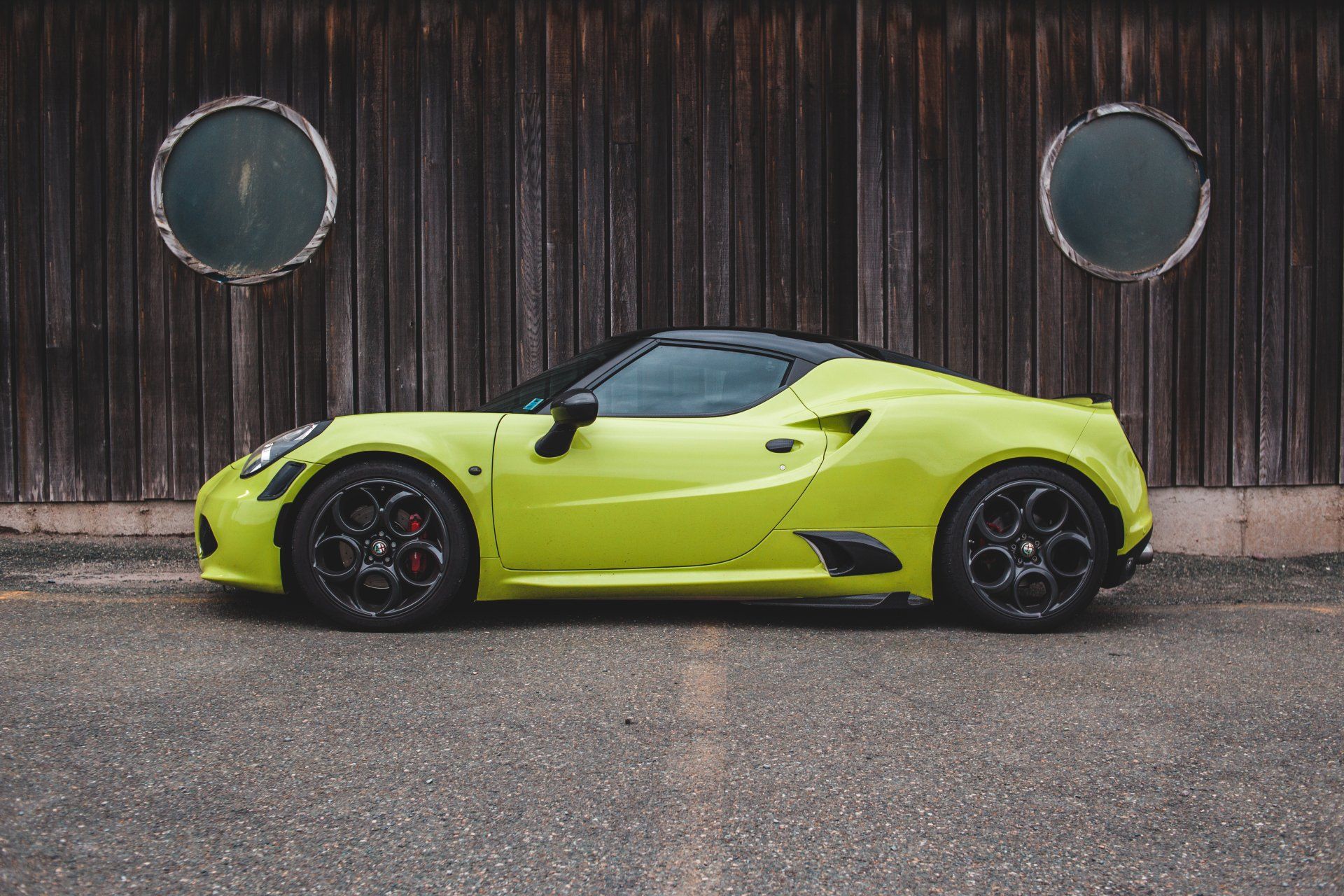
Blocking Sunlight and UV Radiation
We all enjoy basking in the warm glow of sunlight, but prolonged exposure to ultraviolet (UV) radiation can have harmful effects on our health and the condition of our vehicle's interior. Window tinting acts as a shield against these harmful rays, providing valuable protection for both you and your car. While driving, you may notice how the bright sunlight can cause discomfort and even glare that hinders your visibility. Window tinting effectively reduces this glare, allowing for safer and more comfortable driving conditions. Whether it's the blinding reflection from another vehicle's headlights or the harsh sunlight reflecting off shiny surfaces, window tints help minimize these distractions, promoting focused and safer driving.
But the benefits go beyond glare reduction. Window tints also block up to 99% of UV radiation from entering your vehicle. UV rays are not only harmful to your skin, potentially causing sunburns and increasing the risk of skin cancer, but they can also damage your car's interior. UV radiation can fade upholstery, crack leather, and warp plastic components over time. By installing window tints, you provide an added layer of protection against this potential damage.
Ensuring Cooler Interiors Through Heat Absorption
As the scorching summer sun beats down on our cars, the interior can quickly transform into an uncomfortable sauna. However, there is a solution that can provide much-needed relief: window tinting. By harnessing the power of heat absorption, window tint films help reduce the amount of heat entering your car, ensuring cooler interiors and a more comfortable driving experience. Window tint films are designed with special properties that allow them to absorb a significant portion of the sun's heat before it can permeate through the glass. This absorption occurs due to the presence of metallic particles or ceramic nanoparticles embedded within the film. These particles, or nanoparticles, work by intercepting and dissipating the energy from sunlight, preventing it from entering the vehicle.
But how exactly does this heat absorption work? Well, when sunlight strikes your car's windows, it contains both visible light and invisible infrared (IR) radiation. While conventional window glass allows visible light to pass through, it is less effective at blocking IR radiation, which is responsible for most of the heat buildup. Window tint films come into play here by filtering out a significant portion of IR radiation, resulting in reduced heat transfer. Additionally, some high-quality window tints incorporate reflective properties that help bounce back a portion of solar energy. This further aids in reducing heat buildup by diverting sunlight away from the windows instead of allowing it to penetrate and warm up the interior.
Comparison of Window Tint Types
When it comes to choosing the right window tint for your car, it's important to consider the various options available and understand their differences. Here, we'll discuss the most common types of window tints: dyed, metallized, carbon, and ceramic.
- Dyed Tints: These tints include a layer of dye between an adhesive layer and a protective top coat. They offer good heat absorption and moderate glare reduction while providing a sleek appearance. However, they may fade over time and can be less effective at blocking UV radiation compared to other types.
- Metallized Tints: These tints incorporate small metallic particles within the film. They provide excellent heat rejection, reducing both heat and glare effectively. Metallized tints are durable and fade-resistant but can interfere with electronic signals in some cases.
- Carbon Tints: Carbon-based window tints comprise carbon particles that absorb a significant amount of solar energy. They offer excellent heat resistance and low reflectivity and do not interfere with electronic devices. Carbon tints also have a sleek appearance and are known for their long-lasting performance.
- Ceramic Tints: Considered top-of-the-line window films, ceramic tints use advanced technology involving nanoparticles to block out heat without compromising visibility. They provide exceptional heat rejection, block harmful UV rays effectively, reduce glare significantly, and offer superior durability without fading or bubbling.
Choosing the right window tint is like selecting the perfect sunscreen for your skin type; you want one that offers reliable protection against UV rays while also providing the desired level of comfort.
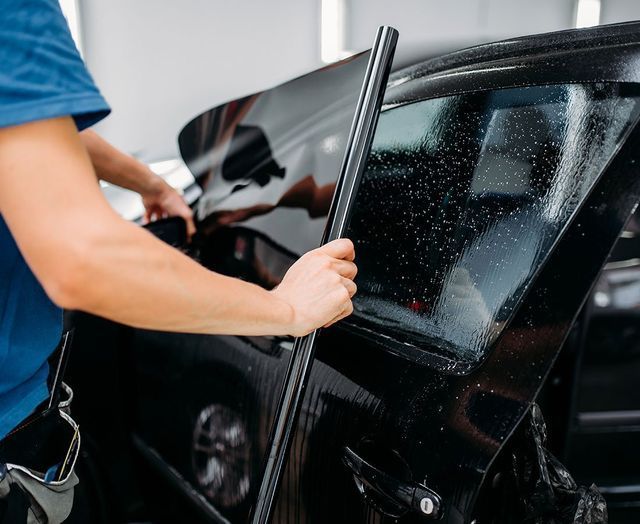
Legal Considerations for Car Window Tinting
When it comes to car window tinting, it's crucial to be aware of the legal considerations surrounding this popular modification. The laws and regulations regarding window tinting vary from state to state and even between countries, so it's essential to understand the specific guidelines for your location.
First and foremost, tinted windows should comply with local laws relating to the visible light transmission (VLT) percentage. VLT refers to the amount of light that can pass through the tinted windows. Various regions have specific limits on VLT for different windows of the vehicle. For instance, windshields and front side windows are typically required to allow a higher percentage of light transmission compared to rear side windows. To ensure compliance, many states enforce strict regulations regarding window tinting during motor vehicle inspections. These inspections verify that the tinted windows meet the specified VLT requirements. Failure to comply with these regulations may result in fines or even penalties impacting your ability to operate the vehicle legally.
It's also worth noting that it is illegal to sell or install glass that does not adhere to these tinting laws. Therefore, when considering window tinting for your vehicle, ensure you choose reputable vendors who provide products that comply with local regulations. Understanding the legal considerations surrounding car window tinting is crucial to ensuring compliance with the rules and regulations in your jurisdiction. By adhering to these guidelines, you can enjoy the benefits of tinted windows without facing unnecessary legal issues.
Enhancing Car Aesthetics with Tinting
Beyond its practical implications, car window tinting also offers various aesthetic benefits that can enhance the overall look of your vehicle. With a myriad of options available, you have the opportunity to personalize your car's appearance and make it stand out from the crowd. First and foremost, window tinting provides a sleek and stylish aesthetic by giving your vehicle a more polished and sophisticated look. The darkened windows create a sense of privacy and exclusivity while adding a touch of elegance. This transformation can make even an ordinary car feel more luxurious and high-end.
Not only does window tinting enhance aesthetics, but it also improves comfort by reducing heat and glare. During hot summer months, sunlight streaming through untinted windows can significantly raise the temperature inside the car. Tinted windows help combat this issue by blocking a significant portion of solar energy from entering the vehicle, resulting in a cooler and more comfortable interior. Moreover, tinted windows provide added protection against harmful ultraviolet (UV) rays. Prolonged exposure to UV rays can damage your skin and even fade the interior components of your car over time. By installing window tints that offer UV protection, you not only safeguard yourself from potential health risks but also preserve the quality and lifespan of your car's interior furnishings.
By enhancing both aesthetics and comfort, car window tinting can be a game-changer for car enthusiasts looking to make their vehicles truly their own. It's an opportunity to express personal style while reaping the practical benefits of cooler interiors and increased privacy.
Quality Window Tinting Service in Tarpon Springs, FL
Discover the unrivaled comfort and style of Auto Film Guys' quality window tinting service in Tarpon Springs, FL. Our skilled technicians use premium window tint films to block harmful UV rays, reduce heat, and enhance privacy. Whether you want to protect your car's interior from fading or reduce glare during your daily commute, our window tinting services are tailored to your needs. Experience the difference that expert installation and top-notch materials can make for your vehicle. Don't settle for anything less than perfection when it comes to window tinting—choose Auto Film Guys for unmatched quality and customer satisfaction. Schedule your appointment today and let us transform your driving experience with our superior window tinting service.
The Auto Film Guys Blog
